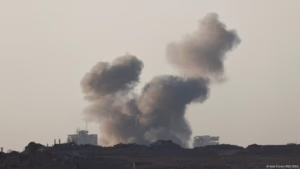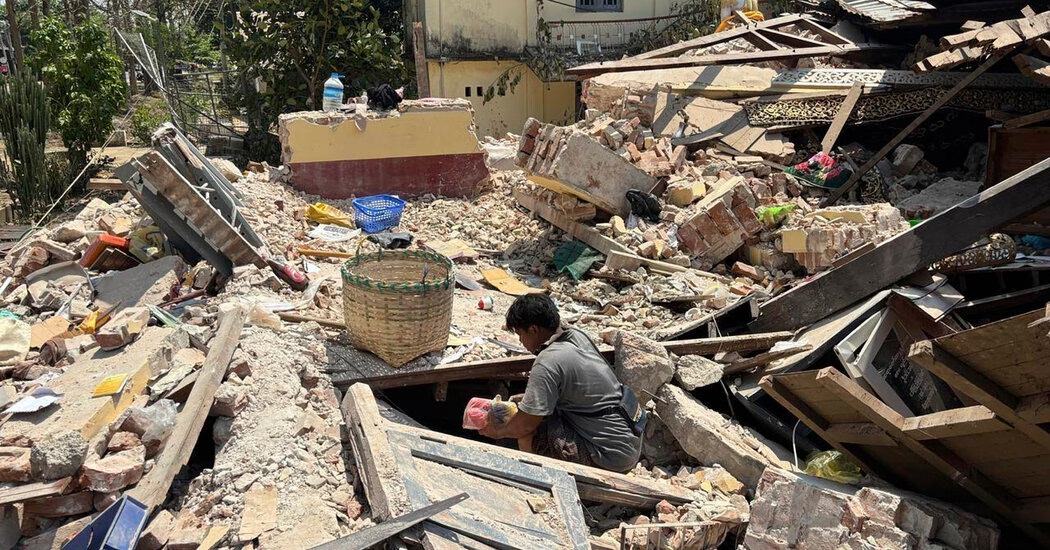Myo Zaw and his team arrived at the site of a collapsed three-story house in Mandalay, shortly after 8 p.m. on Saturday. They began digging through the rubble by hand and soon heard the voice of a girl trapped beneath the debris. It took them three to four hours to excavate the 12-year-old, who had survived despite the structure collapsing around her. However, by the early hours of Sunday morning, the rescuers had only found silence as they continued their efforts in the scorching heat. The team eventually unearthed three bodies – the mother and grandparents of the young girl.
Mr. Myo Zaw expressed concern that they would likely find more bodies than survivors, given the rapid decomposition caused by the high temperatures. In Mandalay, Myanmar’s second-largest city and close to the epicenter of Friday’s devastating earthquake, time is running short.
Across the country, more than 1,600 people were confirmed dead and over 3,000 injured in the worst earthquake Myanmar has seen in over a century. It is feared that the chances of survival will diminish rapidly after Monday evening, the crucial 72-hour mark.
As volunteer rescuers searched through the remains of homes, monasteries, and hospitals, and aftershocks caused further anxiety, several buildings that had survived the initial earthquake toppled on Sunday. The military continued its brutal bombing campaign in a civil war, despite the urgent need for relief efforts.
The military government’s response in the coming days and weeks may determine its hold on power, as it has already lost ground to rebels in the civil war, leaving nearly 20 million people requiring shelter and food even before the earthquake.
In the early hours after the earthquake, a lack of machinery and personnel hindered rescue efforts. However, the arrival of Chinese rescue teams with heavy equipment provided a glimmer of hope. On Sunday, volunteers rescued 29 people and recovered eight bodies from a collapsed apartment building in Mandalay. They believe that around 90 people are still trapped and are working to save them.
Residents in the affected regions are facing an uncertain future, rationing food, and struggling to access basic necessities like power and water. Questions remain about how the Myanmar army will distribute much-needed aid from other countries, as there are concerns that the military could use it to support their own agenda rather than help the affected population.
The earthquake could potentially change the trajectory of the civil war in Myanmar. Experts believe that the devastating event may force the military into a position where they are compelled to relent. It will also depend on how General Min Aung Hlaing and his military view this moment of jeopardy.
Source: https://www.nytimes.com/2025/03/30/world/asia/myanmar-earthquake-aftershocks-airstrikes.html




